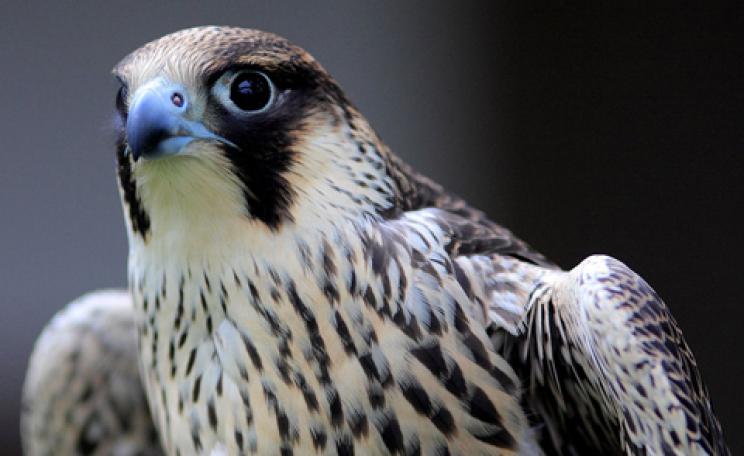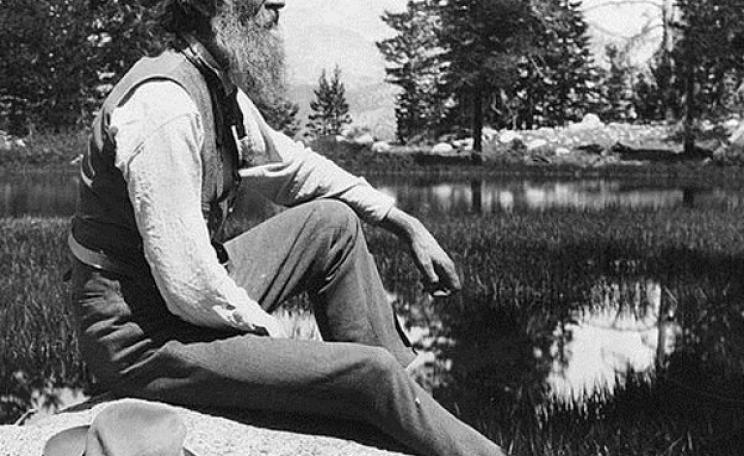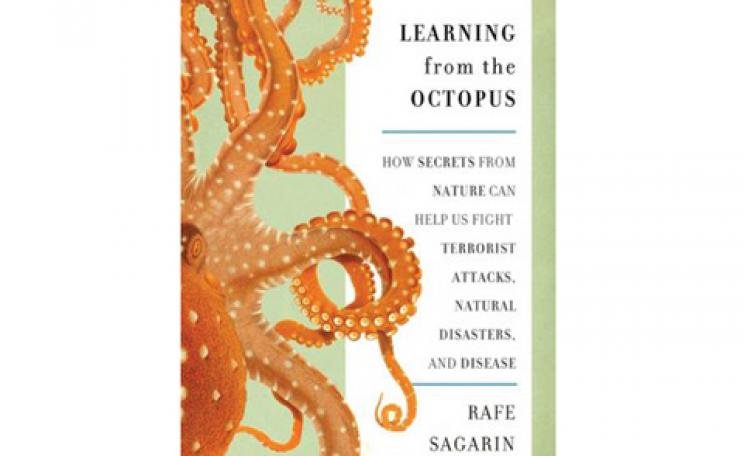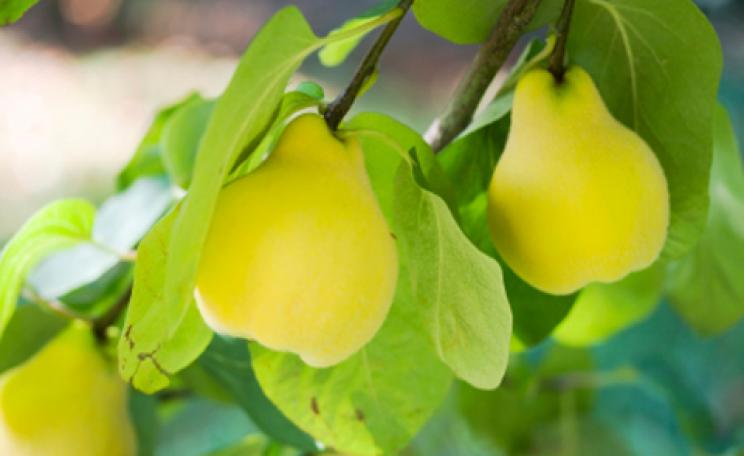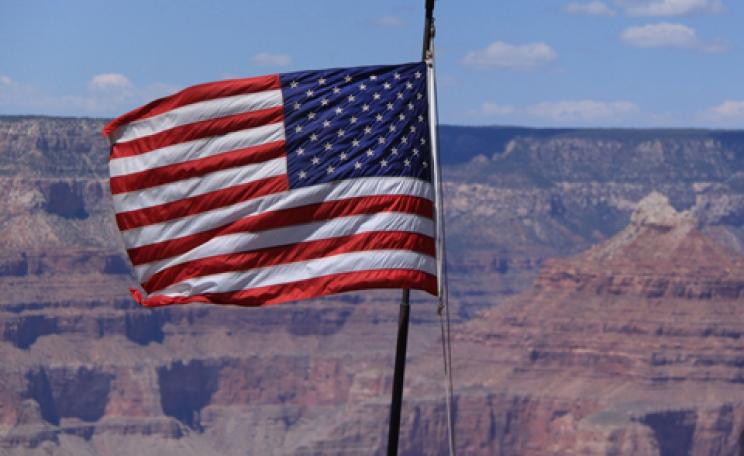It’s hard to believe that the WWF is only 50 years old, so well does it fit into the patrician tradition that began with the Royal Geographical Society and spawned the gentlemanly likes of Samuel Baker and John Hanning Speke. In fact, it’s actually only a few years older than Greenpeace, and although it’s taken a less confrontational approach, it has done at least as much, if not more, to raise awareness of the issues facing wildlife.
This, along with its proximity to a decidedly blue blooded brand of conservationist, numbering as it does, Prince Bertrand of the Netherlands and our very own Prince Phillip among presidents past, has resulted in an NGO that’s very much part of the establishment. To some, this is a bad thing. Its links to big business, a couple of the oil variety, has drawn criticism from some quarters, while its tolerance of hunting for sport has left it open to charges of hypocrisy.
But business links aside, the WWF has made a uniquely important contribution to conservation over the last five decades. From highlighting the plight of the black rhino to more recent campaigns such as Earth Hour, the WWF has earned its place in the pantheon of eco-pioneers. And like the best pioneers, it now has its own biography courtesy of Alexis Schwartzenbach’s latest opus, Saving the World’s Wildlife: WWF’s First Fifty Years.
Despite the suspiciously chummy title, Schwartzenbach’s tome doesn’t pull its punches and he takes a forensic approach to the WWF's highs and lows. The ‘drin’ petrochemical scandal of the 1960s makes an appearance and there’s an entire chapter on the infamous Operation Lock, which saw the WWF linked to mercenaries in its attempts to stop black rhino poaching in southern Africa. But while controversies are noted and successes are mentioned, the real thrust of the book is the development of the WWF as an organisation. The role of the Duke of Edinburgh is particularly interesting, given that it’s Prince Charles who is usually thought of as the green member of the royal family. If his 1962 speech for the WWF on the trade in rhino horn to China is anything to go by – ‘for some incomprehensible reason, they seem to think that [rhino horn] acts as an aphrodisiac. In China – I ask you!’ – he hasn’t changed much. Schwartzenbach was also the first writer to be allowed unfettered access to the Duke of Edinburgh’s diaries, which not surprisingly, turned out to be fairly forthright. But he’s certainly not the only one. Indeed, the most vivid impression left by Saving the World’s Wildlife is that of an organisation packed with people passionate about the cause and not afraid to tread on a few toes to promote it.
Packed with gorgeous, glossy photographs, Saving the World’s Wildlife is a real collectors' item. The world’s most famous wildlife NGO has a fascinating history, although you’ll be hard pressed to read it without stopping to coo over the seriously cute animals that appear on every other page. But then, that’s partly the point. As Schwartzenbach recounts, among the reasons for the choice of the panda as an emblem, was its cuddly cuteness. And placed in contrast to terrible images of bleaching rhino skulls and the corpses of birds killed by pesticides, it makes a strong visual argument for wildlife protection – an argument that still chimes today. No charity has done more than WWF to highlight this issue and while they haven’t always got it right; they’ve made a real and telling impact. Long may it continue.
Saving the World’s Wildlife: WWF’s First Fifty Years by Alexis Schwartzenbach, £25, is available from Amazon
| READ MORE... | |
 |
REVIEW When The Killing’s Done T.C. Boyle’s latest opus might be a bit of a bonkbuster, but it makes a serious point about the threat posed by non-native species to the world’s ecosystems |
 |
REVIEW The New North: The World in 2050 by Laurence Smith Global weather patterns have always been unpredictable but current changes are being amplified by the impact of people, consumption and pollution. In The New North, Laurence Smith looks at what the next four decades could bring – both for the weather and for us |
 |
REVIEW Arctic by Bruce Parry Part travelogue, part lament for a threatened way of life, Ruth Styles says that Bruce Parry’s latest book, Arctic, shows us exactly what we stand to lose if global warming isn’t stopped - today |
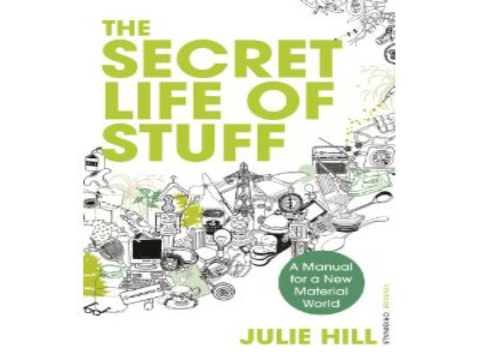 |
REVIEW The Secret Life of Stuff Clear and well written, Julie Hill's opus sheds light on the issues of waste and consumption but provides solutions that are too simplistic to be of real use, argues Ruth Styles |
 |
REVIEW Harmony: A new way of looking at our world Prince Charles's new book reacquaints us with a sense of our collective spirit, a place that has become increasingly remote from our digitally 'enhanced' worldview, says Jemima Roberts |



